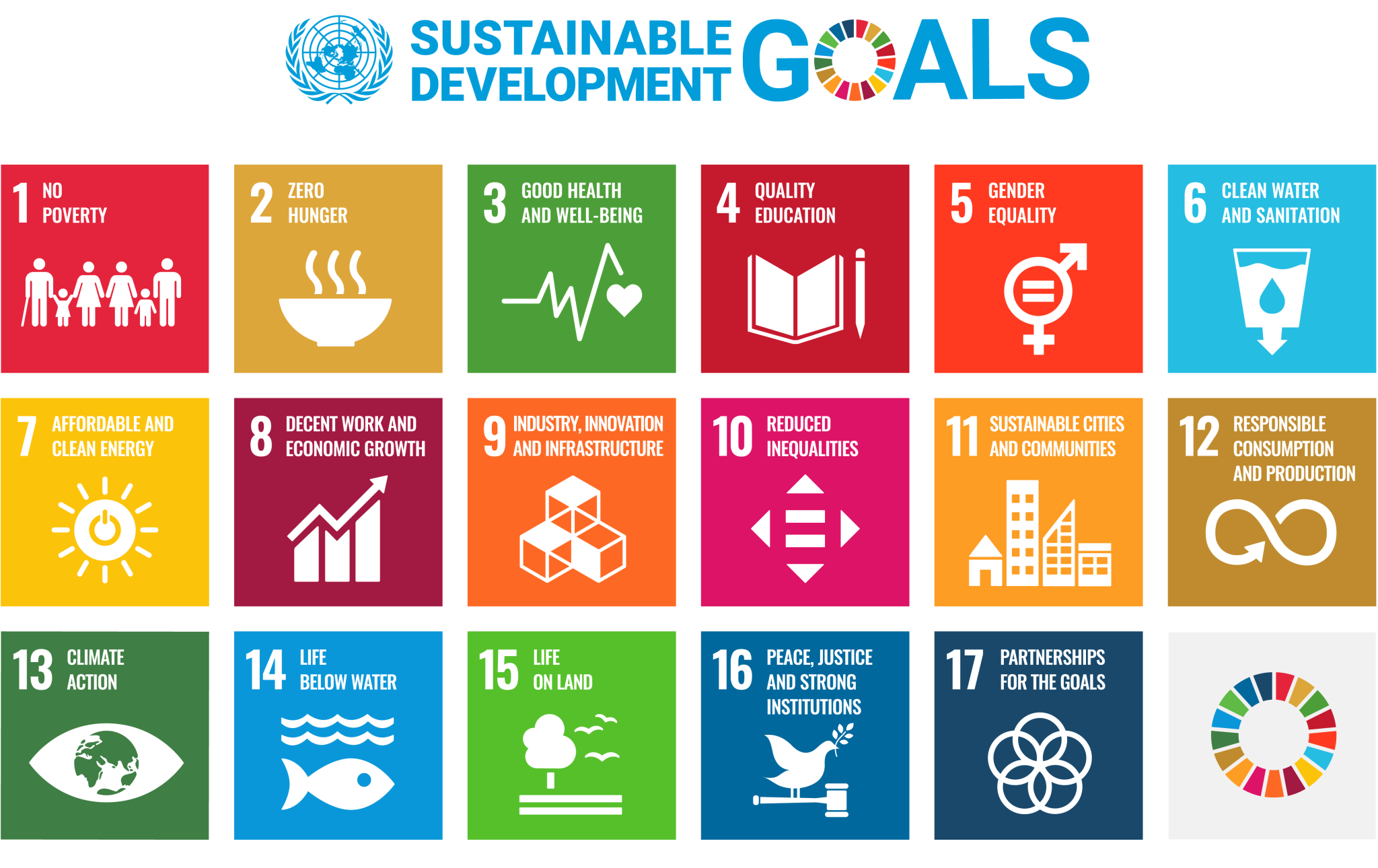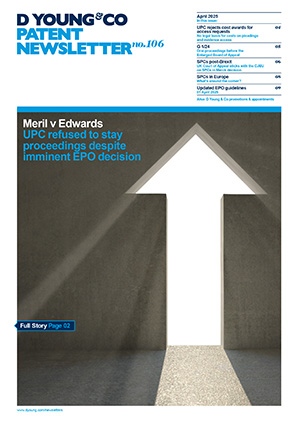6G: sustainability in mobile communications
To most of us it will feel like 5G has only just arrived. Indeed, 5G coverage is still far from ubiquitous, and a lot of the time we have to make do with connectivity to 4G cellular networks. But 6G has been under development since 2020, and will be progressed and standardised over the next decade or so.
Several generations of mobile communications have been standardised globally up to now, where each generation took approximately a decade from introduction before the subsequent development and deployment of another new generation. For example, generations of mobile communications have moved from the Global System for Mobile Communications (GSM) (2G) to Wideband Code Division Multiple Access (WCDMA) (3G), from WCDMA (3G) to Long Term Evolution (LTE) (4G), and most recently from LTE (4G) to New Radio (NR) (5G). Now 6G is being developed, and is expected to be commercialised sometime in the 2030s.
What is 6G?
But what exactly is 6G? 6G is effectively an umbrella term given to a set of specifications and technical standards which are expected to provide much higher transmission speeds and much smaller delays than 5G. Furthermore, capacity is anticipated to be much greater, as 6G is likely to utilise higher frequency bands for communication. Coverage and reliability are also expected to be improved, while connectivity for faster-moving devices (for example, in planes or drones) is likely to be possible.
Sustainability in mobile communications
Another topic in respect of which 6G is anticipated to have particular focus is that of sustainability. As is the case in many other industries, mobile network operators, network vendors, and mobile phone or other user equipment manufacturers are increasingly focusing on their carbon footprint.
The United Nations has identified seventeen goals for sustainable development, which are shown in the graphic below.

There are a few use cases of mobile networks which are already known and are helping achieve some of these sustainability goals. For example, mobile networks are addressing the goal of zero hunger through smart agriculture and rural access to wireless communications. The target of industry innovation may be addressed through the deployment of interconnected machines, while mobile networks can aid the transition to clean and renewable energy and enable the utilisation of smart grids, as well as improving the flow of traffic by connecting vehicles and roadside infrastructure.
At present, mobile networks consume a considerable amount of energy in respect of their worldwide deployment, while simultaneously handling greater and greater amounts of data generated by an ever-increasing number of data hungry users. Requirements for new data-intensive use-cases and services expected to be handled by technologies such as 5G and 6G run contrary to the goals shown in the graphic above. This therefore presents a challenge for wireless network operators, network vendors, and mobile phone manufacturers in the overall effort to achieve these sustainability goals. Such a challenge is particularly stark for 6G. How, if 6G technologies will enable a growing world population to burn through more data at faster speeds than ever before, is it possible for 6G and sustainability to go hand-in-hand?
How can 6G help the world meet sustainability targets?
6G technologies can, and are expected to, consider sustainability in their design. At a high level, 6G communications are likely to be much more energy efficient than 5G, both in respect of hardware design and through use of more advanced power-saving techniques. Through increased capacity and ubiquitous connectivity, as well as improved coverage and reliability, and transmission speeds of up to 100 times those of 5G, applications such as smart cities and factories, advanced and autonomous transport, and improvements in healthcare and environmental impact through real-time monitoring, can be supported by 6G technologies.
Development of 6G is well underway, with patent applications relating to techniques and infrastructure which will find application in having 6G already been filed and granted around the world. At the same time the process of standardisation has now begun for 6G, with the first 6G specifications being expected within the next five years. As both the specifications and the technologies themselves take shape, many, both within the telecommunications industry and outside it, will keep a keen eye on the extent to which these focus on, and address, sustainability.
Useful links
- 6G World, “The Early Days of 6G are Over: Nokia’s Volker Ziegler on the Next G”: dycip.com/nokia-6gworld
- United Nations, 17 Sustainable Development Goals: dycip.com/un-17-sustainable-development
- 6GWorld, “Guest Blog: Building a More Sustainable Future with 6G”: dycip.com/sustainable-future-6gworld
- “From Efficiency to Sustainability: Exploring the Potential of 6G for a Greener Future”, Rohit Kumar, Saurav Kumar Gupta, Hwang-Cheng Wang et al, Sustainability, 2023, 15(23), 16387: dycip.com/potential-6g-greener-future

